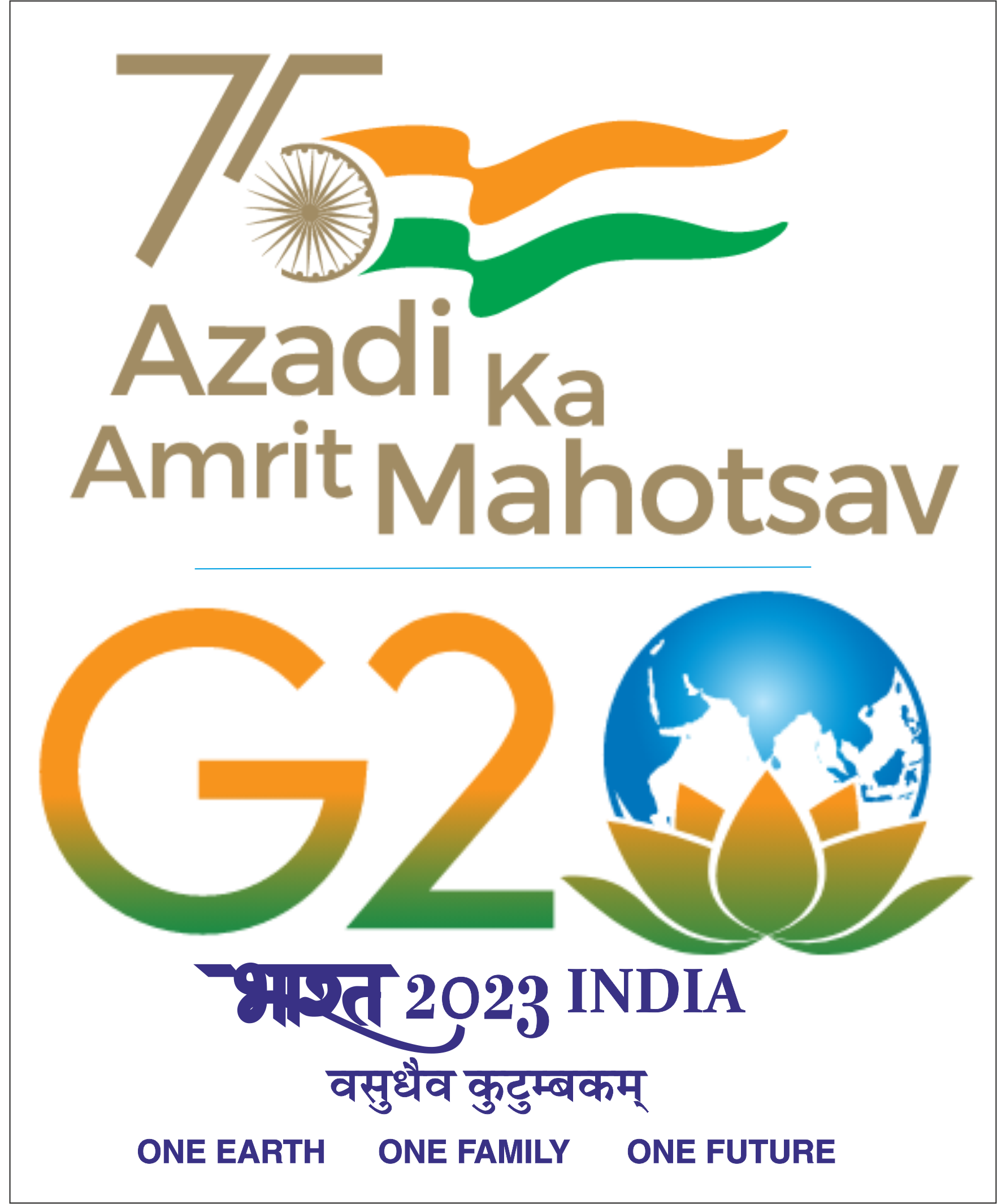Non-milk based food supplement for MAM children (6-59 months)
Name of Student:
Guide:
Co- Guide:
Project Type:
M. Tech Project -I (TD 695)
Sector:
Health & Nutrition
Download Link:
Abstract:
Malnutrition with its two constituents of protein–energy malnutrition and micronutrient
deficiencies, continues to be a major health burden in developing countries. It is globally the
most important risk factor for illness and death, with hundreds of millions of pregnant women
and young children particularly affected. According to the World Health Statistics report, a
global total of 52 million children under 5 could be classified as having acute malnutrition in
2012 , of which 33 million had MAM (defined as weight-for-height (WFH) between -3 to -2
Standard Deviations). Several reviews have highlighted the apparent lack of effectiveness of
targeted Supplementary food programmes (SFPs) aimed at treating MAM in emergencies,
noting high rates of defaulting, low coverage and high associated costs.
Food formulations for treatment of severe cases of malnutrition consist of milk powder as it is
an essential ingredient in the treatment. Milk is essential for linear growth in children and has
many important nutrients and properties and is primarily used in RUTF. One issue with RUTF
is its high cost. Among all the ingredients milk powder contributes greater in terms of cost. But
the cases of malnutrition in India is high and it is not feasible to treat huge malnourished
population with an expensive product. The global burden of MAM is far greater than that of
severe acute malnutrition and hence the approach. Non milk based options are proposed
keeping in mind the dietary requirements of a MAM child, indigenous foods, and analysis of
existing products.
Products are to be formulated catering to different categories 6-23 months children and 24-59
months children as their energy, nutrient requirement are different and also digestibility. Food
options are chosen based on the liking of the child as they are more likely to chose foods with
different shapes and textures. The product design takes into consideration the likeness of
children towards unhealthy packaged foods but we are choosing the same foods but using
healthy ingredients without losing the interest and curiosity of child towards food.





